Yesterday’s thus-far miraculously non-fatal Hawaii helicopter tour crash brings safety back to mind. When you look at the crash site in today’s photo, courtesy of the County of Hawaii, it’s amazing everyone survived. Six people, including the pilot, were injured when the Paradise Helicopters tour crashed on lava near Kau on the Big Island. Two of those onboard are said to be in critical condition, and we wish them well. The aircraft was a Bell 407, of which more than 1,000 have been built. There have been 88 incidents recorded to our knowledge.
As non-pilots, we’ve learned that Hawaii helicopter crashes are to a significant degree not equipment related. With the element of risk thus largely attributable to causes that can be controlled, we sought to find out what we can do to protect ourselves when opting for a truly incredible experience, one that can also suddenly turn deadly. At the bottom of this post are five things you can do to help protect yourself.
For example, the National Transportation Safety Board findings about the 2019 Hawaii helicopter tour crash on Kauai were released last month, and concluded that the FAA was at fault for failing to implement appropriate safety recommendations. Seven people died because of the accident in which we saw smoke billowing from Kokee State Park.
NTSB also said that flying in low visibility and adverse weather were other factors that led to the helicopter heading between Kokee and the Na Pali Coast. The pilot didn’t maintain the 3 mile visibility required for helicopter tours, as it quickly deteriorated.
BOH: We recently flew that once deadly path from Kokee to the Napali Coast on a Kauai helicopter tour. As we turned towards Mt. Waialeale, the weather changed on a dime, and suddenly we were shrouded in clouds and it quickly became impossible to sight the cliffs just below us, and other surroundings, as perceptual orientation became altered.
And so it was in the 2019 fatal incident. NTBS said, “The pilot’s decision to proceed north of Waimea Canyon when others diverted, and his continuation of flight into deteriorating conditions until a crash occurred suggest the possibility that he was overconfident in his ability to fly safely through an area of poor visibility.” NTSB concluded “this tragedy should never have occurred. It was 100% preventable.”
Prior to yesterday’s accident, there was another helicopter tour crash on Big Island in 2020.
It happened when the Blue Hawaiian Helicopters’ Eurocopter with 5 passengers rolled over upon a hard landing near Volcanoes National Park. Blue Hawaiian is an FAA certified Part 135 Air Carrier. No one was killed in that incident. In that case, the FAA reported “the aircraft experienced engine problems.” The pilot landed the craft following a warning indication.
As we’ve said repeatedly and can report personally, Hawaii has both one of the most incredible locations for helicopter tours and a disproportionately large percentage of all U.S. helicopter crashes.
Over 60 Hawaii Helicopter Tour Accidents In Past 40 Years
With more than sixty associated deaths, this is a big concern, and something we thought long and hard about before recently stepping aboard. We also kept in mind that most Hawaii helicopter tours are safe flights, including thankfully, our own experience. In Hawaii, weather conditions are extremely fast changing. And it’s thought that up to 1/3 of all Hawaii crashes are weather associated.
Five things you can do to avoid being in a Hawaii helicopter tour crash.
1. Pick a Hawaii helicopter tour company that has a good safety record. Also search to find other possible issues. Did you know that research shows that one Hawaii helicopter tour operator was cited repeatedly and the FAA proposed a $110K fine, for drug and alcohol testing violations.
2. Choose a certified FAA Part 135 Air Carrier, as those companies must meet higher requirements. Look for that designation on the carrier’s website, or just ask them about it. Part 135 certification designates higher standards and monitoring within FAA approved training and operations. About two-thirds of Hawaii helicopter tour operates meet Part 135 requirements while the remainder do not and only meet less stringent FAA Part 91 requirements.
3. Research plane and helicopter operators. Look at the NTSB website, then search to find any tour provider within its accident database. Check business aliases as the company may operate under a different name.
4. Ask about your pilot. Choose one with a number of years of useful experience.
5. Only fly when weather conditions are appropriate. Even with that in mind, conditions in Hawaii change so very quickly, even within the short duration of a helicopter tour, as happened with us.
How safe do you feel on a Hawaii helicopter tour and are you doing more research now before booking?
Get Breaking Hawaii Travel News
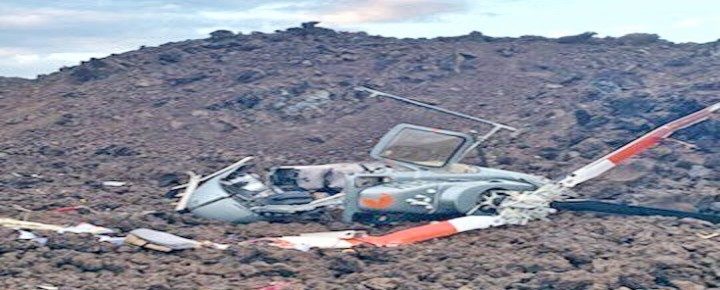
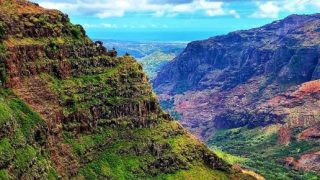
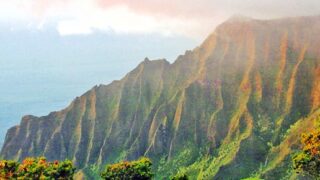
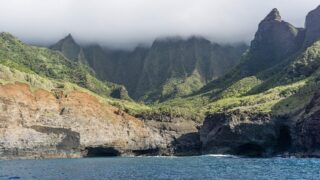
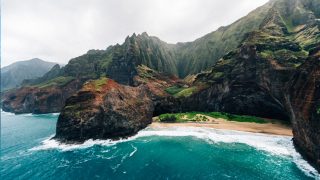
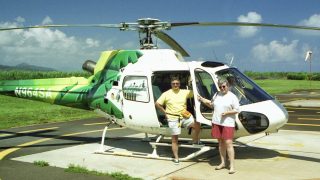
It really helped when you said that you should choose a company that is certified to ensure that they meet high requirements. As you said, we can check back on their website actually ask them about it. I will share this day with my husband because we wanted to try a helicopter tour for our anniversary this coming December. it will give us peace of mind regarding our safety for our first time in riding a helicopter.
Interesting that Blue Hawaiian is cited in #1 and has the certification in #2. I’ve commented before that the Safari incident was the senior pilot. A Jack Harter incident had a guy who did accident reviews when in the Navy and had like 12,000 hours. I flew on Maui with a pilot instructor who also flew the contract rescue copter. He had an incident near Molokai, but when I flew he was rock stable and conscientious. I had a newer pilot with less than 1000 hours on Kauai who was extremely methodical and often ignored the tour talk to focus. I’ve flown 15 times copters and 3 fixed-wing. I feel the most stable on the fixed-wing. I will fly the Robinson small 3 passengers only if it’s me and 1 other. The prices now are problematic, but booked.
Interesting article but 2 questions:
I wonder when taking all the islands into account how many tour bus or car fatalities have there been in last 40 years?
And did you guys do the due diligence before going on your flight?
Mahalo
Hi Kauaidoug.
We didn’t check numbers on bus or car fatalities, but obviously car fatalities in particular are a much greater number. Yes, we did our due diligence before flying. That didn’t mean it wasn’t scary, however.
Aloha.
There are two things that my PI lawyer friend has said, not to do. The first is riding in helicopters and the second is riding on motorcycles. Both have very high death rates.
7th. Hint never get into a Hawaiian sight seeing helicopter with a 40 to 50 plus year old pilot who “says don’t worry I’ve done this a thousand times before” because none of the recent deadly helicopter accidents have involved one of these guys.
Says Kobe
Not trying to start gossip but I have also heard many of these outfits are owned on the mainland and face great pressure to make money so they will often go up regardless of good judgment saying otherwise.
I have done numerous tours over the years and loved them but may reconsider doing so again 🙁
My wife and I had a helicopter tour scheduled over Kaui. We were delayed in the morning due to weather and asked to call ack later. When we called back and were told that the weather improved and there should be great water volume on the waterfalls. On our way to Lihui we heard that one of the Trump organization’s helicopters crashed on the Garden State Parkway, NJ. We looked at each other and said what’s the percentage of 2 crashes on the same day. We had a great flight into Waimea Canyon and up the Na Pali Coast.
I’ve been to all the islands in Hawaii many times. Over 60 visits since I was 18. After spending time in helicopters in the Marine Corps, I vowed to never get in another one for the rest of my life. So far, it has worked and I’ve been able to see almost all the sights and views of this beautiful state that I want. The 6th hint for helicopter safety is, or should be: Never get in one.
Hi Bob.
Thanks for number six. We both should have checked with you first.
Aloha.
Well, to be honest, we’ve done the helicopter tour on Kaui twice – and was one of the best experiences we’ve ever had! Having said that, will never do it again – scared the $hit out of me!